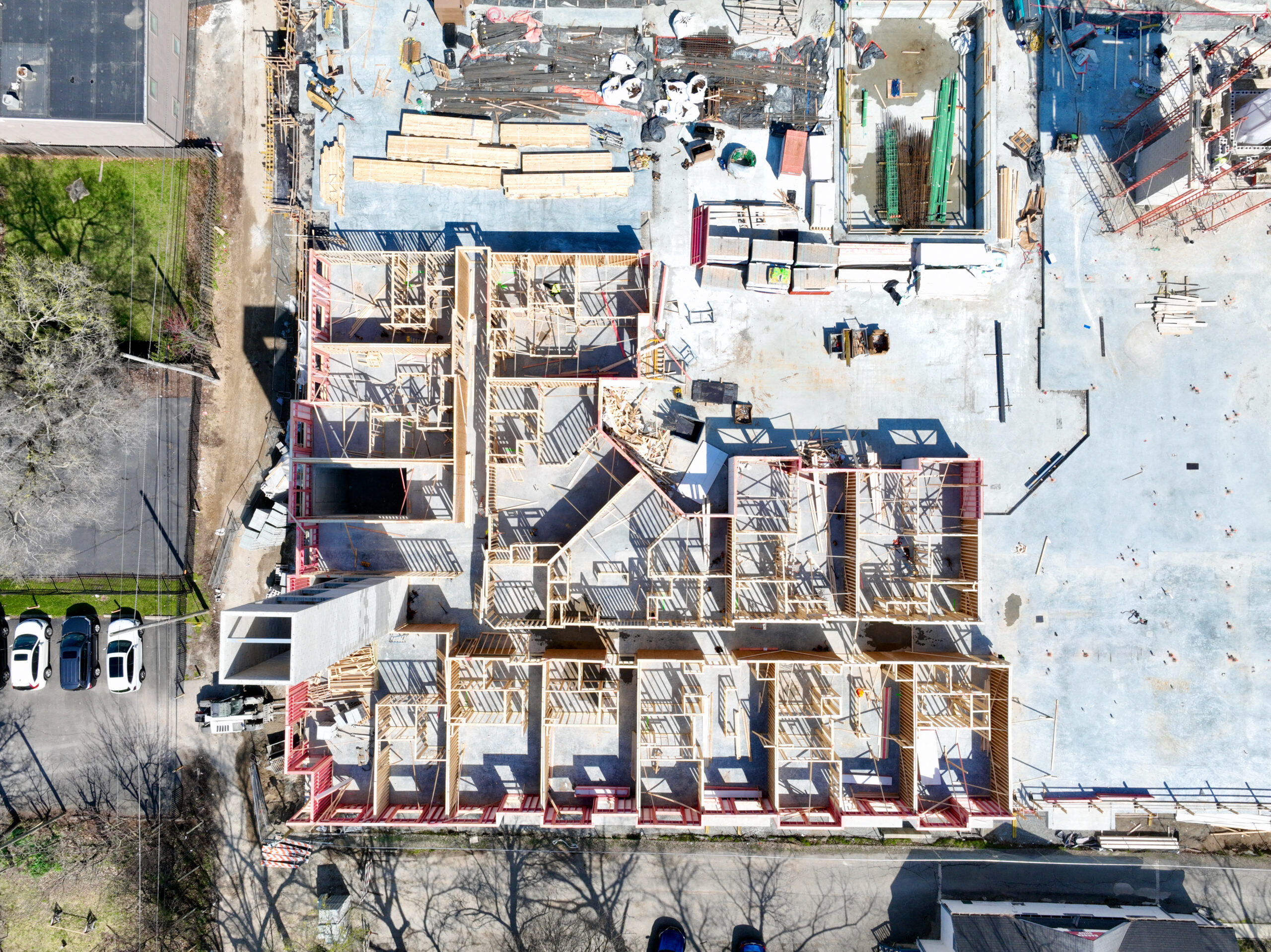
A higher standard for TIF funding
Don’t take a shortcut with your TIF bonds, it will hurt your overall project’s return. Selling your bonds to Hageman Capital is the best way to maximize bond returns and keep your contributed equity within a project low.
Our team navigates the complexity of TIF structuring to maximize proceeds from your TIF award. We infuse immediate capital at construction loan closing based on the full bond term and put it towards equity in the development.

Tax increment financing (TIF) creation for your project
Typically, establishing a single-site project TIF requires direct coordination with the municipality. The process to value the TIF based on the development’s estimated taxes, will depend on local regulations, and the general negotiation between the municipality and the developer.
TIF CreationOther TIF monetization methods limit proceeds and project feasibility
Traditionally, developers receiving TIF bonds either hold on to them and collect periodic cash flows or finance them through construction loans. Both strategies fall short in leveraging the full potential value of your TIF incentive for development cost. Hageman Capital provides up-front capital to purchase TIF bonds, which can cover additional project expenses and lower contributed equity.

Municipal issuance of tax increment financing (TIF) bonds
Unlike traditional municipal bonds, single-site or developer backed TIF bonds are provided to the developer of a real estate project as an incentive, which allows them to capture a portion of incremental taxes generated by their project over time. That doesn’t mean developers receive a TIF incentive purely for a conceptual design. Tax increment financing requires major commitments from the municipality, to support further growth in their communities, and incentivize developers to complete projects that are unlikely to be developed without TIF. This exchange is usually predicated on how impactful a proposed development would be to the community.

Required plans and documentation for TIF approval
When working with your municipality to secure a TIF bond, you’ll typically need conceptual designs, as well as a feasibility study that includes a real estate pro-forma of your proposed development. Feasibility studies will normally include information on the type of project, as well as project costs (both hard and soft costs), along with the site plans and financial projections. All of this is critical to pass the “but for” test required for TIF incentives and can affect the details of your bond structure.
TIF bond credit: developer backed or municipal backed differences
When issuing a TIF bond, municipalities have the option of supporting the bonds with municipal credit (municipal backed), or having the bonds only supported by the TIF from the project (developer backed bonds).
Municipal backed bonds:
Valued by the tax increment for your project, in addition to the municipality’s credit. Once the project is complete, if the tax increments are insufficient to pay debt service, the municipality covers the difference, through tax increases or other methods.
Learn More – Municipal backed bonds
Developer backed bonds:
Value is only derived by the property tax increment of the project, without support from the municipality. This shifts risk to the developers, to pay debt service, and limit broader taxpayer support if projects fail.
Learn More – Developer backed bonds
Historically, most TIF bonds issued were municipally backed. Today, in many jurisdictions, developer backed bonds are becoming much more common. If the bonds are developer backed, selling your bond to Hageman Capital can maximize returns for your project.

TIF bond repayment types
Tax increment financing (TIF) can differ, whether the TIF bond is issued and secured by a TIF district or single-site project TIFs. The most common type of bond repayment is pay-as-you-go, meaning, the bonds are repaid by actual taxes collected over time. Selling your bond provides bulk up front capital for your project, without additional contributed equity.
The expertise you need in real estate and financing
Maximizing your TIF for the highest proceeds requires extensive knowledge in both real estate and finance. It’s why selling developer backed bonds has not been a common option for developers in the past. Banks are willing to include it as additional proceeds in the construction loan, but funds are limited as a result. At Hageman Capital we have the expertise to help you turn your TIF bond into upfront capital for your project.
Get a free estimate on TIF proceeds today with our online calculator. Project feasibility is closer than you think.